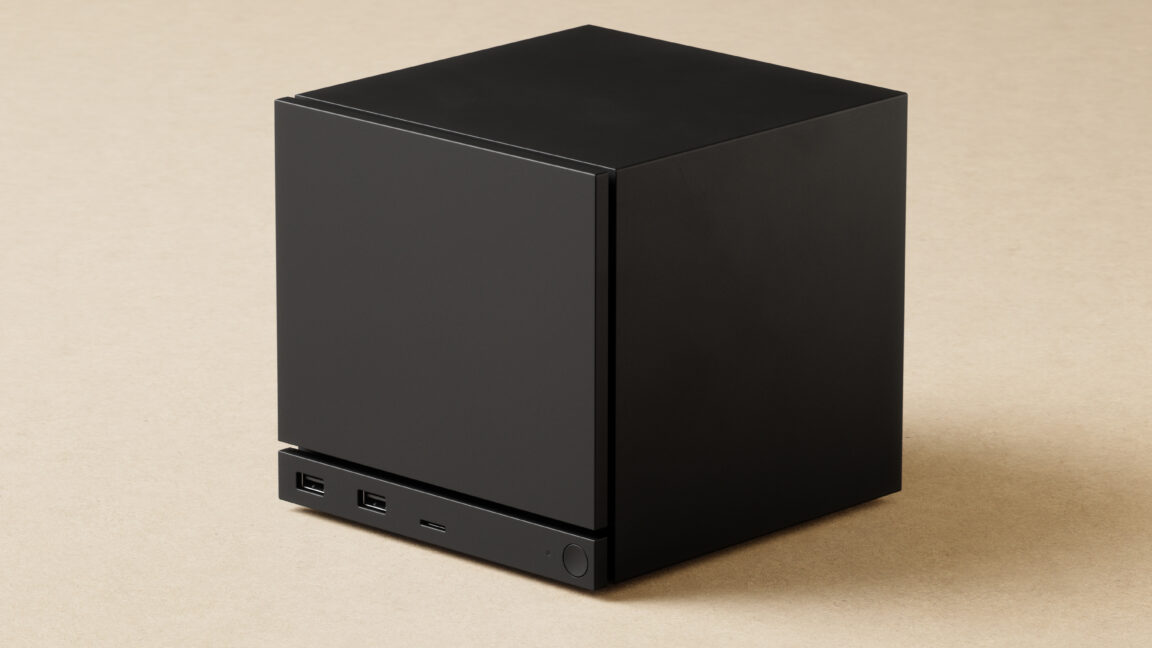
"The new Steam Controller (not to be confused with the identically named old Steam Controller) will make use of a proprietary 2.4 Ghz wireless connection that allows for around 8 ms of end-to-end latency between a button press and the resulting signal received by the system. A radio for that connection will be built into the Steam Machine but will also be available via an included "plug and play" Steam Controller Puck that can support up to four wireless controller connections."
"Without the puck, the new Steam Controller can still connect to PCs (including portable gaming PCs) and smartphones via Bluetooth or a wired USB connection. And while console connections are technically possible, Valve Software Engineer Pierre-Loup Griffais and Designer Lawrence Yang told Ars via email that it would "require collaboration with the vendor" that the company would be "happy to discuss... if it came up.""
"The most striking feature of the Steam Controller is the dual touchpads underneath the thumbsticks, mirroring the similar, somewhat underutilized control options on the Steam Deck. Each touchpad will come with its own haptic motor for "HD tactile feedback" that should feel akin to rolling a clicky trackball under your thumb (two more haptic motors in the grips handle force feedback output from the games themselves)."
Valve's new Steam Controller supports both standard USB/Bluetooth peripherals and a proprietary 2.4 GHz wireless mode delivering about 8 ms end-to-end latency. A built-in radio in Steam Machines and an included plug-and-play Steam Controller Puck can support up to four wireless controllers. The controller can also connect to PCs, portable gaming PCs, and smartphones via Bluetooth or wired USB. Console support is technically possible but would require vendor collaboration. The controller features dual haptic touchpads under the thumbsticks, two additional haptic motors in the grips for force feedback, thumbsticks, a d-pad, face and shoulder buttons, and four programmable grip buttons.
Read at Ars Technica
Unable to calculate read time
Collection
[
|
...
]